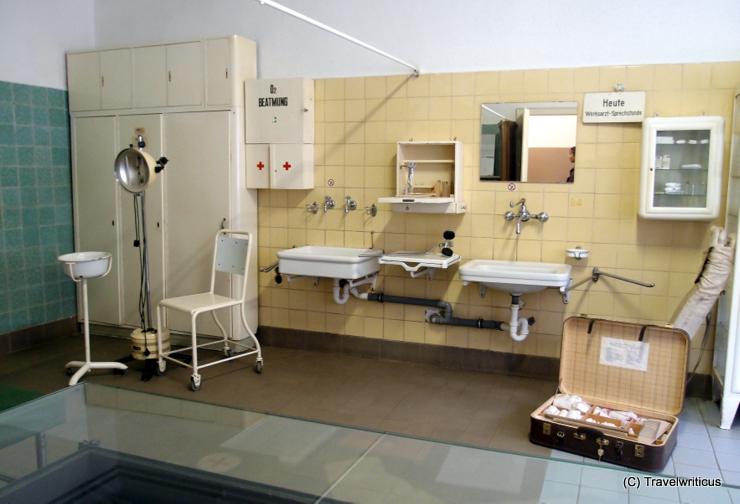
Walking through the museums of the visitor mine and world heritage site Rammelsberg near Goslar gives an educative insight into the miners’ lives. For example, you see this first aid room equipped with materials from the 1980s.
You only see what you know (Goethe)

Walking through the museums of the visitor mine and world heritage site Rammelsberg near Goslar gives an educative insight into the miners’ lives. For example, you see this first aid room equipped with materials from the 1980s.
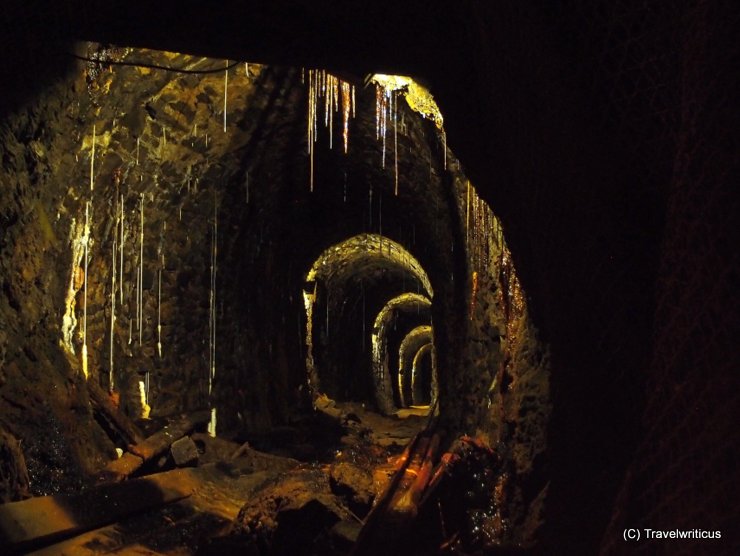
There are several underground tours exploring the Rammelsberg Mine. I took the shortest one, which goes through the Roeder Gallery. On this tour, you follow the route of the water, channelled into the mine to set big water wheels in motion.
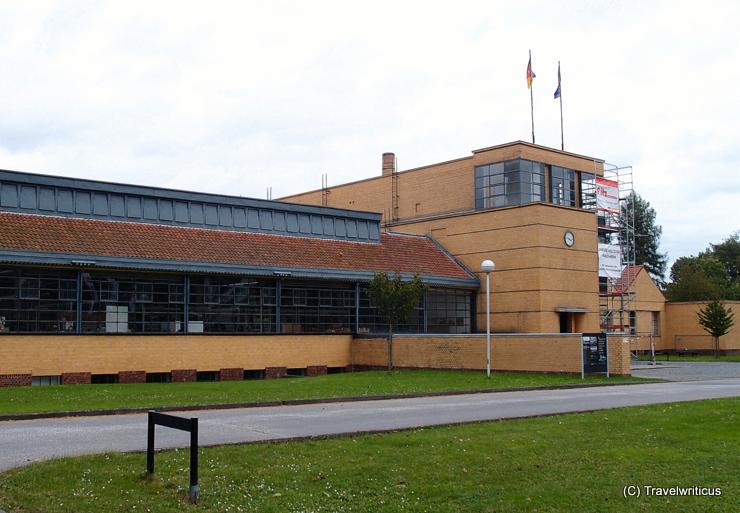
The Fagus factory is a very special world heritage site because the factory is still in operation. The buildings house a production for shoe lasts as well as a museum about the history of the company and shoes in general. The architecture is considered as an example of early modern architecture and was designed by Walter Gropius and Adolf Mayer.
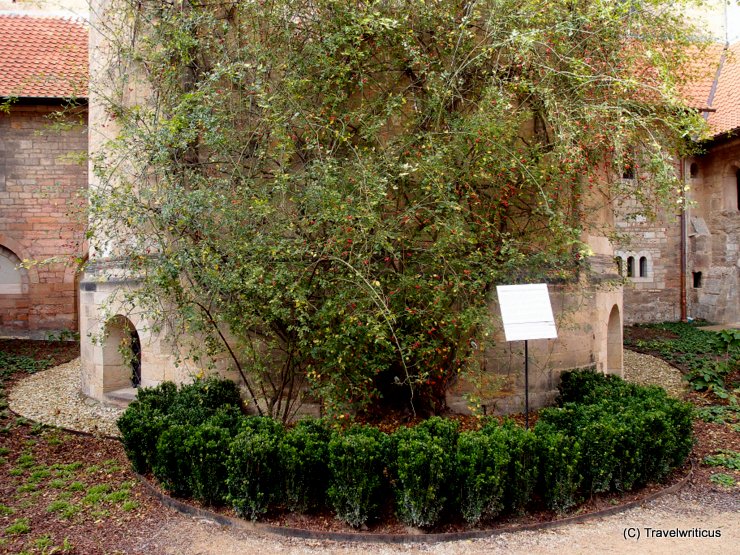
The Rose of Hildesheim grows on a wall of the Hildesheim Cathedral, which has been on the UNESCO list of World Heritage Sites since 1985. The rose bush, a Rosa canina or wild dog rose, is believed to be the oldest living rose in the world.
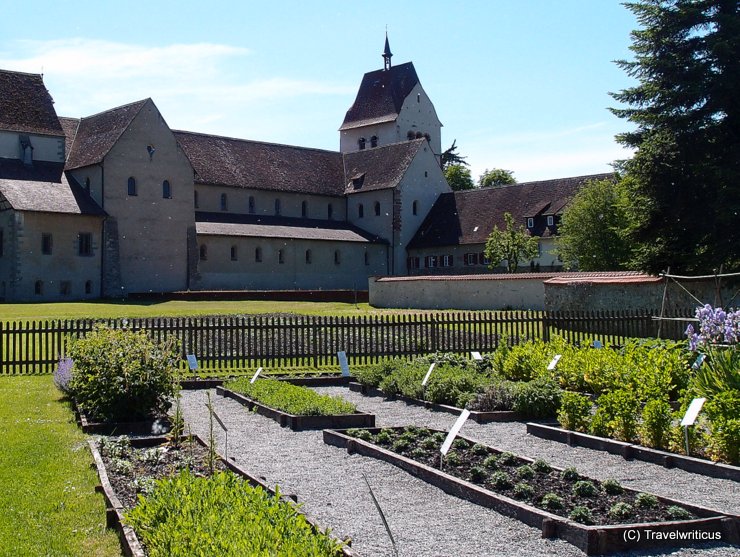
This garden seen next to the minster of Mittelzell is a reconstruction of the herb garden which was mentioned in the poem ‘De cultura hortorum‘ written by Walafrid Strabo in the years between 830 and 840.
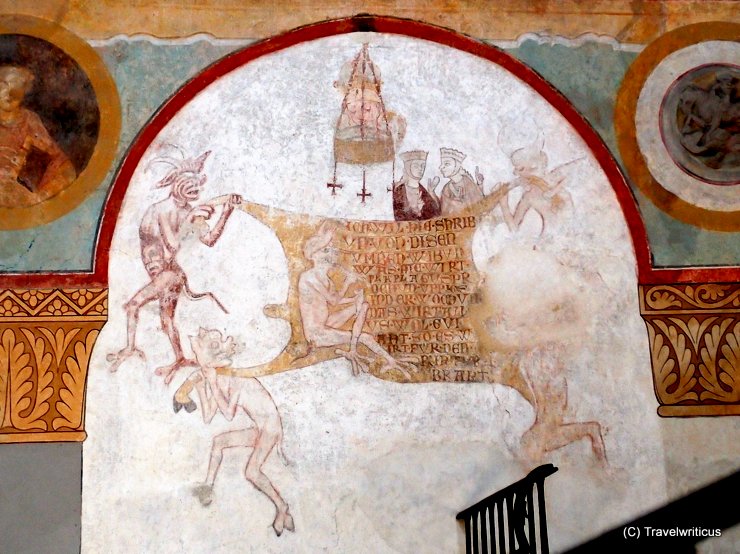
Inside St George’s Basilica on Reichenau Island there is a very special 14th century fresco. A devil is writing something on a cowhide hold by four devils. This is a reference to the German saying Das geht auf keine Kuhhaut (That doesn’t fit on a cowhide).
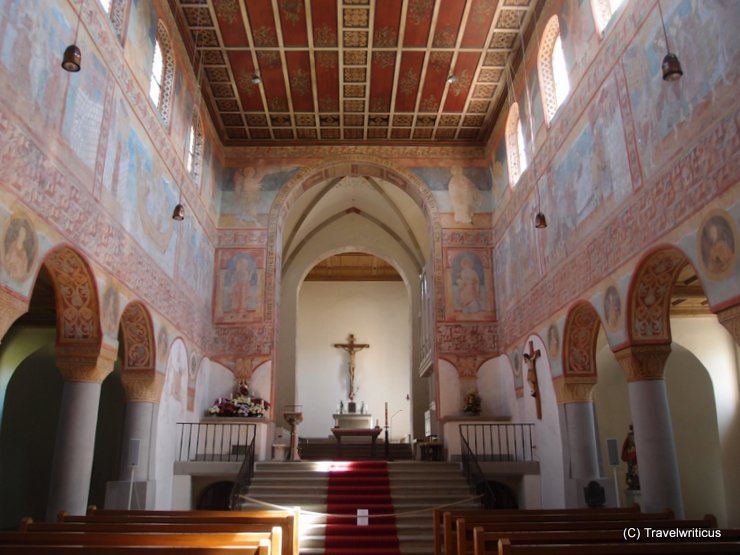
At St George’s Basilica I had the change to see some frescoes showing scenes of Jesus Christ’s life described in the bible. Though I had always thought they were of Ottonian period I was told they were created even earlier, so they are considered late Carolingian (9th century).
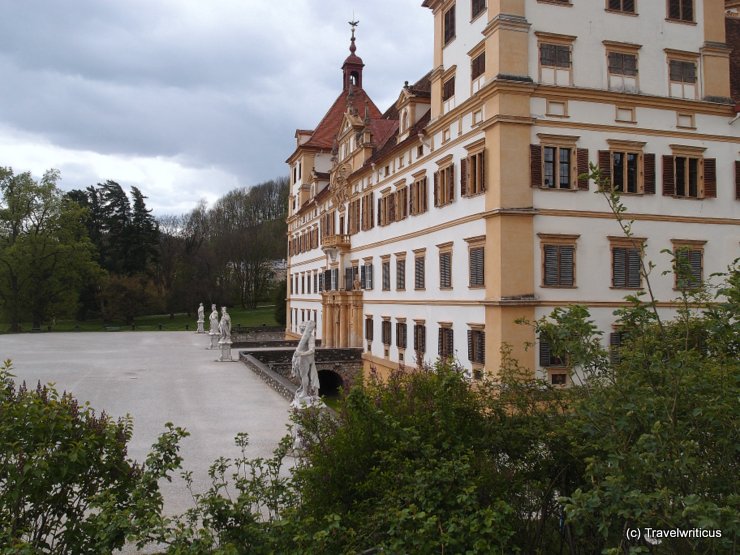
View of Eggenberg Palace (Schloss Eggenberg) taken from the nearby rose mound. Schloss Eggenberg has been a member of the UNESCO World Heritage Sites since 2010.
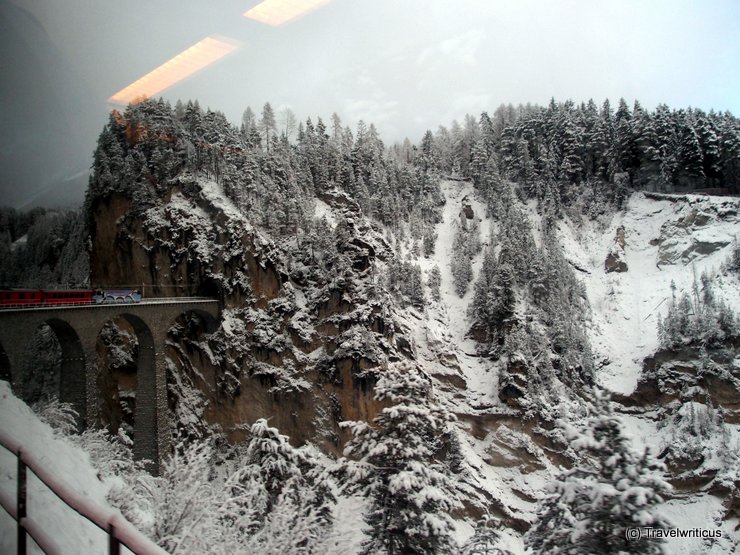
Pic of my train taken while sitting in the last coach. The train is just passing the famous Landwasser Viaduct of the Albula Railway, a world heritage site in Switzerland. In this huge scenery my train looks like a tiny object of a model railway layout, doesn’t it?
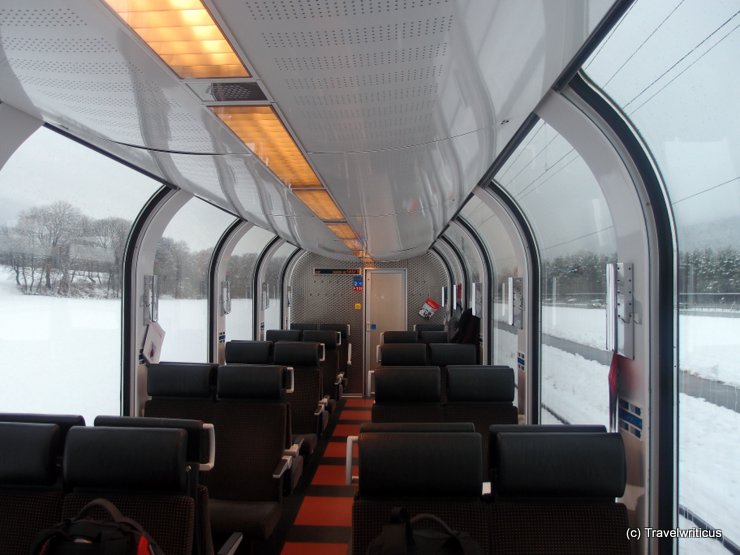
The Albula Railway links Thusis with St Moritz in Graubünden, Switzerland. Though I had to pay an extra fee, taking the dome car was a good decision. So I had a good view of upcoming sights like the Landwasser Viaduct
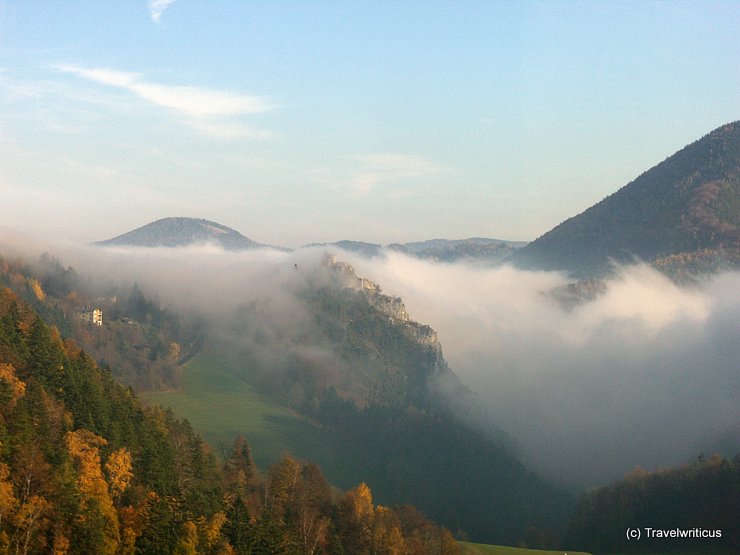
The Semmering Railway was the first mountain railway in Europe with a standard gauge track. In 1998 it found its way to the list of UNESCO World Heritage sites. The views from the trains are amazing. E.g. in autumn, you see this befogged castle next to the railroad.
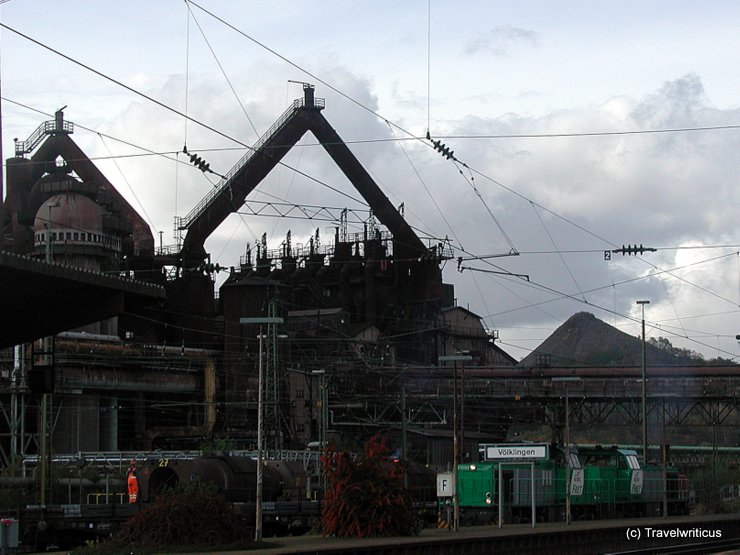
The Völklingen Ironworks (Völklinger Hütte) is a World Heritage Site and part of the European Route of Industrial Heritage. Today it houses the Ferrodrom, an interactive science centre focusing on the making of iron. I took this photo from a platform of the nearby railway station of Völklingen.